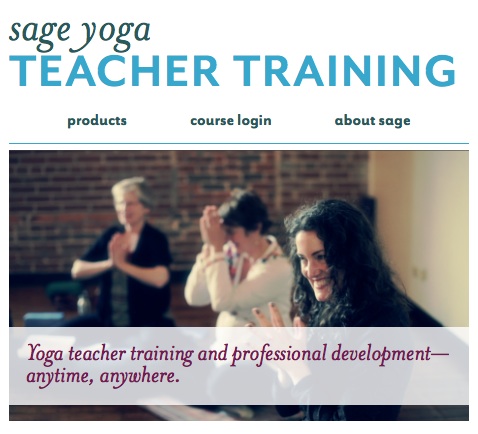The first article I ever wrote for Yoga Journal gives advice to yoga teachers about how to deal with medical emergencies in class.
Despite every studio’s and teacher’s efforts to create a safe environment, such medical emergencies do happen in yoga classes, as a result of either an acute injury or an underlying condition. Knowing the symptoms that indicate the need for medical attention and thinking through how to react during an emergency will help keep your students safer.
My advice still holds, and I’ll add some new thoughts in bold:
- Learn CPR and first aid. If it’s been a few years since you were trained, brush up. Also be aware of where the closest AED is.
- Know your students’ medical histories. While our studio policy is now not to ask for injury disclosures, awareness of general issues in the populations you teach will help you create safe routines for them. Lifelong Yoga gives you some useful pointers on working with the issues that come with aging bodies. And wise class planning will keep students safe while in your class.
- Carry a phone.
- Know where you are. Be sure you can find the physical address of the studio easily. At Carolina Yoga, it’s on the bottom of every printed schedule and flyer.
- Consider the logistics of emergency response abroad.
- Breathe.
- Be sure your insurance is up to date!
You’ll feel best prepared to handle everything from heart attacks to fart attacks when you take the online course Classroom Management and Safety, available at Sage Yoga Teacher Training.



